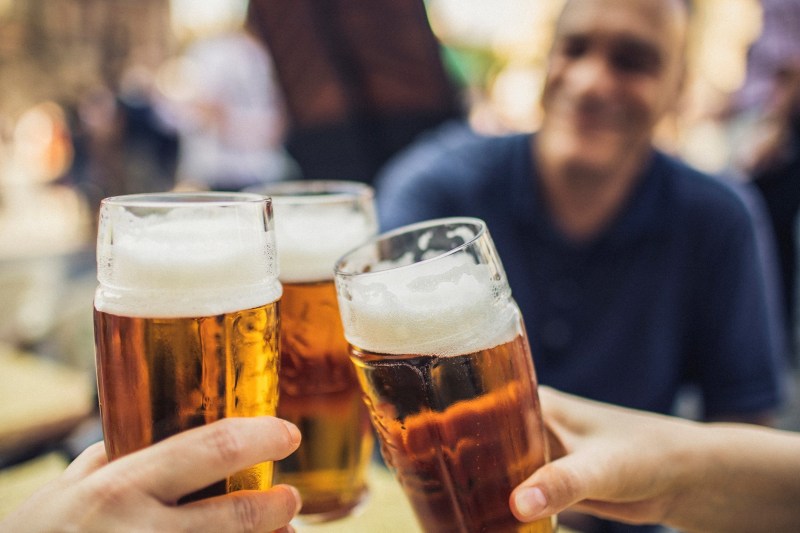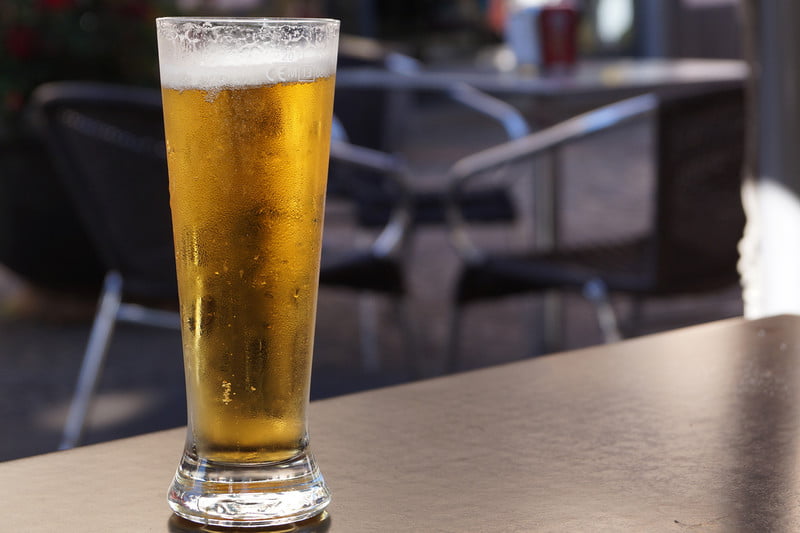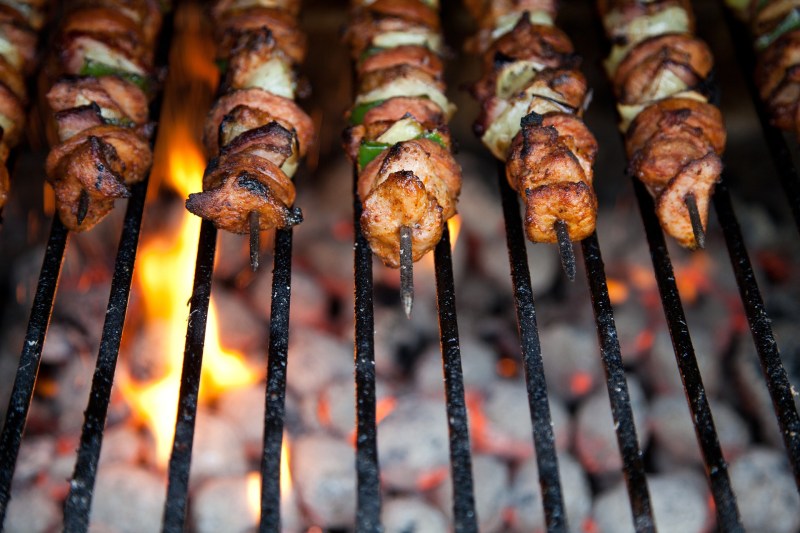
Of all the beers, Pilsner has one of the coolest histories. Named after the Czech Republic town (Plzen), which it was born in, Pilsner is the planet’s original pale lager. It has since become one of the most brewed and guzzled beer styles anywhere.
What are the origins of Pilsner beer?

One of the most interesting aspects of its origin story is that Pilsner literally turned the game on its head. Prior to its invention in the mid-19th century, brewers top-fermented their beers. Essentially, this means that the fermenting wort was pitched yeast on the surface to get the fermentation process rolling. Brewing this way requires higher temperatures and could result in irregularities and off-flavors or aromas. The Pilsner was the first true bottom-fermented beer. The process tends to be a bit slower, involves lower temperatures, and almost always yields a cleaner beer. To this day, ale implies top-fermented, while lager stands for bottom-fermented.
About those bottom-fermented beers? One batch in Plzen was so bad that citizens drained barrels in the streets to advertise their disgust. It was like a scene pulled straight from Prohibition, only it wasn’t sobriety the masses were after, it was better suds. Drinkers wanted consistency and drinkability and thanks to a city-owned brewing outfit in the Czech Republic (known today worldwide as Pilsner Urquell), that beer arrived. On October 5th, 1842, a Bavarian brewer named Josef Groll presented the firs Pilsner to the public. It was an instant classic.
Legend dictates that a big reason for the beer’s success was the resident water supply. Pilzen was known for its soft water, meaning it was free of any harsh mineral content. That’s ideal for brewing, especially when your specialty is lagers which depend on a clean flavor profile. Another key factor is the purity laws that govern German brewing styles and many other styles in Europe. Purity laws only allow for three main ingredients in a Pilsner — hops, barley, and water.
The classic Pilsner hops is called Saaz and is a huge export in the Czech Republic and elsewhere in Europe. It’s considered a noble hop and beloved for its combo of earthy, spicy, herbaceous, and mild flavor (it features in Stella Artois and tons of other popular lagers). It was the perfect pairing with a lighter style of malt, developed around the same time by the British. Crisp, polished, and thirst-quenching, the Pilsner has not looked back since 1842.
Pilsners of today

Today, it’s championed by casual drinkers and brewers alike. The latter appreciates its simplicity and the elegant touch needed to make it taste just right. Most in craft beer will admit that if you can nail a Pilsner, you can nail just about any style.
“I have been brewing for [almost] 10 years now and have been to my fair share of festivals, market launches, and other events where I find myself with a beer in hand for way too many hours of the day,” says Max Shafer, brewmaster at Roadhouse Brewing in Jackson Hole. “IPA after IPA can just lead to a blurry night and obliterated taste buds, and if you drink too many sours, we all know the crippling feeling that settles in from the acid content of those beers. But Pilsner beer is just the beer for me — and brewers alike. They go down easy, are smooth and refreshing, and typically lower in alcohol, all these reasons are why I grab Pilsner-style beers.”
Of the many solid beers Roadhouse makes, Shafer is most proud of Highwayman, a refreshing 4% ABV Pilsner. “We [recently] retooled the recipe to touch on the historic ways of brewing Pilsner beer and started implementing a single decoction. This was historically necessary because malting technologies lacked the necessary steps and knowledge to modify our malt enough so we could extract enough and all the sugars.
Thanks to technology, brewers no longer need to take this step, but some, like Shafer, opt to anyway, convinced it rounds the beer out in ideal fashion. “The decoction mash enhances the malt richness and bready notes, and the aroma and flavor of the noble hops could transport you to Hallertau during harvest or your favorite beer garden. Highwayman is brewed so that beer geeks, brewers, and light beer drinkers alike can enjoy.”
What foods pair well with Pilsners?

If you want to pair some food or a meal with your Pilsner, here are some suggestions that go well with the crispness, cleanness, and refreshing taste of Pilsner beers.
- Seafood: The light and refreshing character of Pilsners complements the delicate flavors of seafood perfectly. Think grilled fish, shellfish like lobster or crab, or even fish and chips.
- Salads and lighter fare: Pilsners pair well with salads dressed with light vinaigrettes or with other light dishes like vegetable stir-fries or spring rolls.
- Grilled meats and poultry: It’s grilling time, so let your Pilsner hold its own against grilled chicken, sausages, or burgers. The bitterness in the beer helps balance the richness of grilled meats.
- Spicy food: The carbonation and bitterness in Pilsners can help cut through the heat of spicy dishes, making them a great pairing for cuisines like Thai or Szechuan.
- Cheeses: Pilsners can complement a variety of cheeses. Milder cheeses like mozzarella or feta work well, while sharper cheeses like cheddar or goat cheese can provide an interesting contrast.
- Fried foods: What’s better than fried fare and beer? The carbonation in Pilsners helps cut through the grease of fried foods, making them a refreshing accompaniment to French fries, onion rings, or even fried chicken.
So sit back, crack a Pilsner, and celebrate one of planet Earth’s cleanest-drinking lagers. As Schafer said, you may even get some armchair travel out of it.


